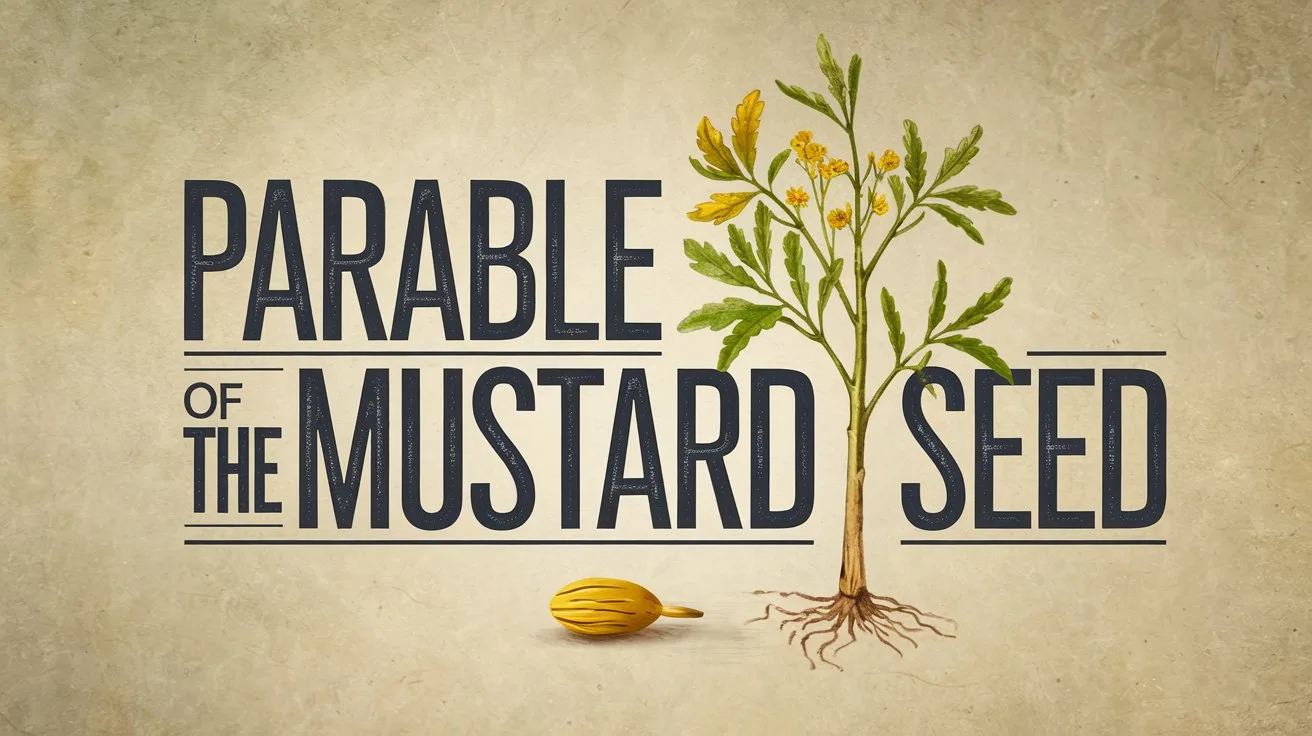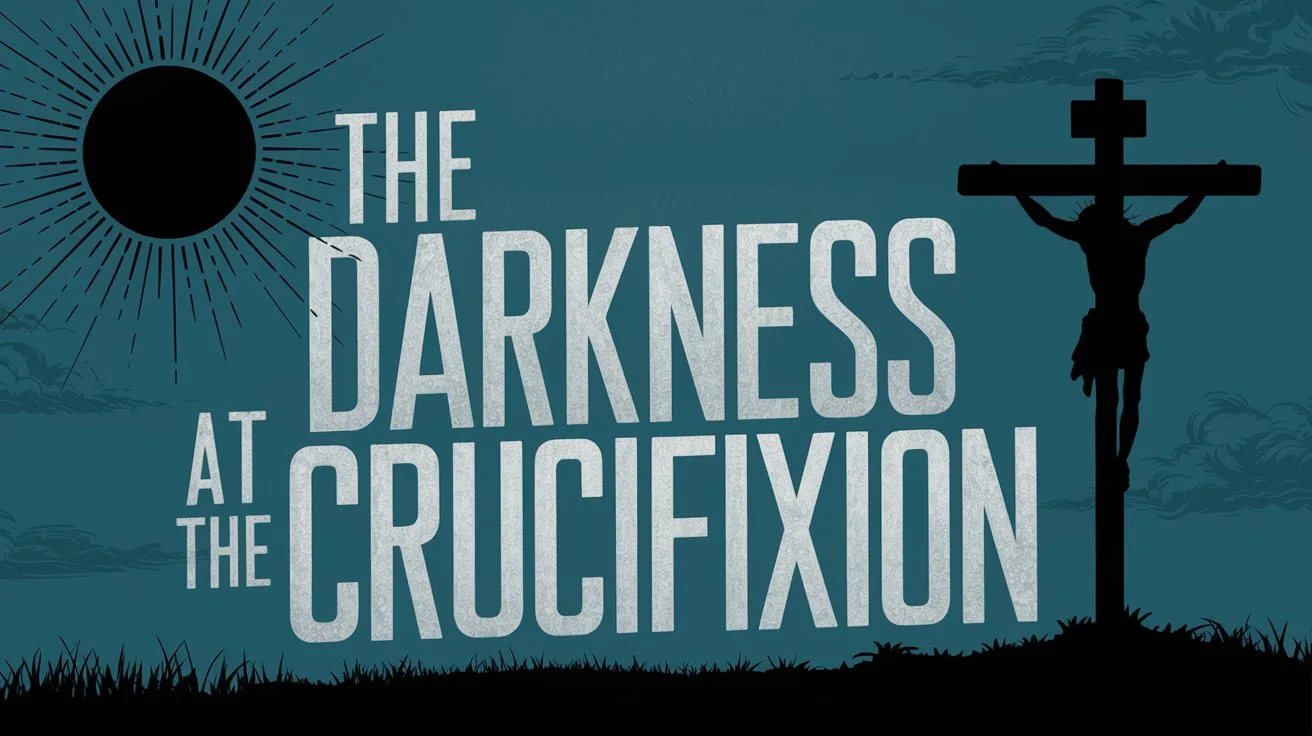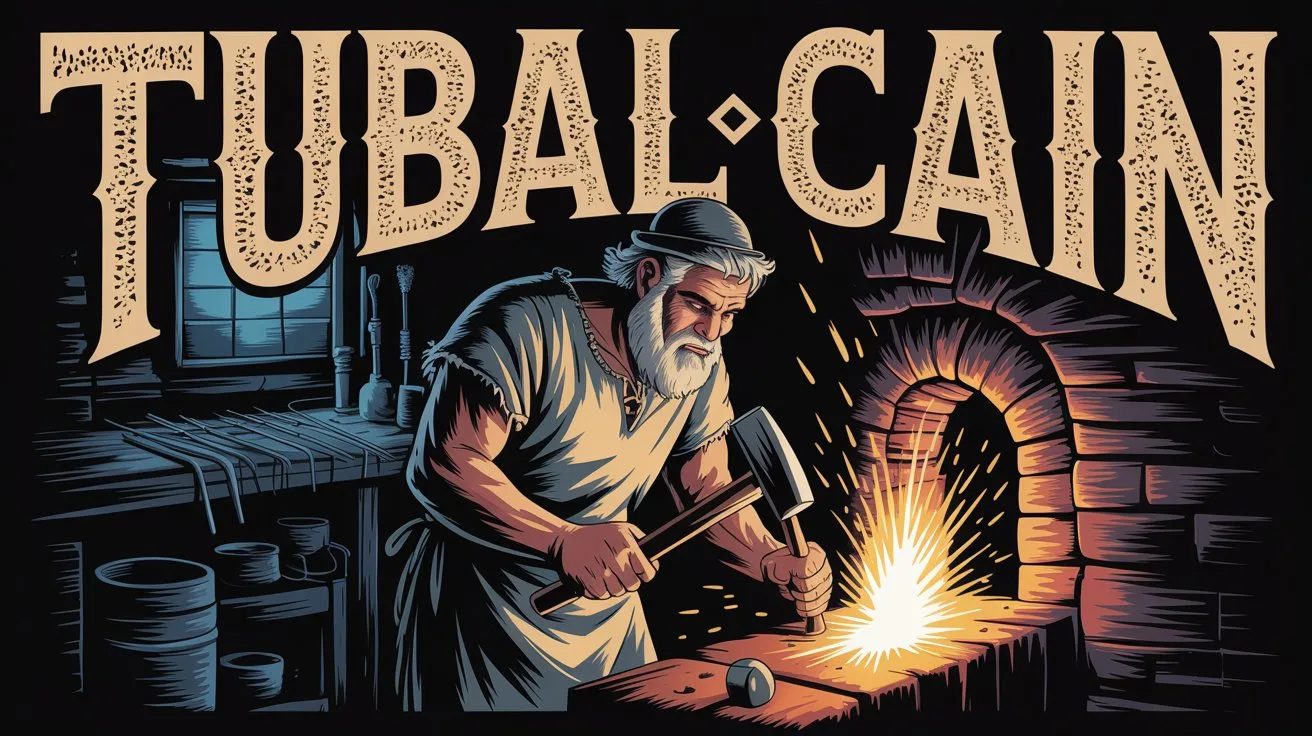John the Baptist wore camel’s hair to reflect his prophetic calling and separation from worldly comforts. His clothing was not a fashion statement but a sign of humility, self-denial, and alignment with the prophetic tradition:
“And John himself was clothed in camel’s hair, with a leather belt around his waist; and his food was locusts and wild honey.” (Matthew 3:4)
This attire mirrored that of the prophet Elijah, who also wore a garment of hair and a leather belt:
“It is Elijah the Tishbite!” (2 Kings 1:8)
By dressing in this way, John signaled that he was fulfilling the role of Elijah as prophesied:
“Behold, I will send you Elijah the prophet before the coming of the great and dreadful day of the Lord.” (Malachi 4:5)
Jesus confirmed this identity:
“And if you are willing to receive it, he is Elijah who is to come.” (Matthew 11:14)
John’s rough clothing and wilderness lifestyle were symbolic of his message, calling people to repentance and away from the corruption of the religious elite. His simple, rugged appearance stood in stark contrast to the luxury and pride of the Pharisees and Sadducees.
His dress also demons/”>demonstrated his rejection of materialism and his total dedication to the mission God gave him. Like the prophets before him, John’s life was a visual sermon: a call to holiness, urgency, and separation unto the Lord.
In wearing camel’s hair, John presented himself as God’s messenger: uncompromising, set apart, and fully surrendered to preparing the way for the coming Messiah.







